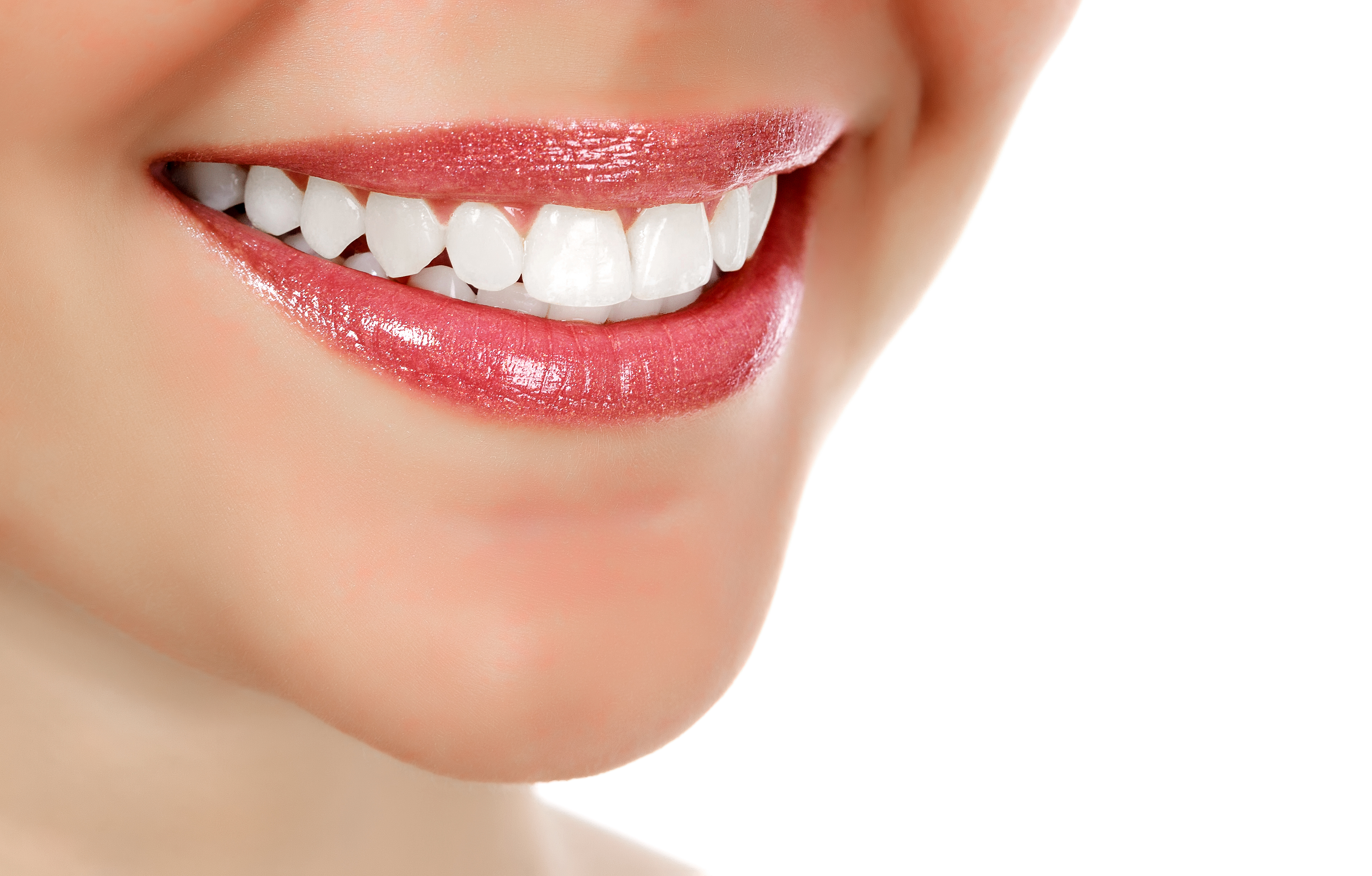What does Periodontal Probing tell the Dentist about the Health of your Gums?
Every adult that has gone in for a cleaning at a reputable dental office has had it: Periodontal Probing! Few look forward to it, but we all endure it. Why does the hygienist probe our gums? The answer is simple. In the vast majority of cases, the health of your gums and your ability to predictably clean your teeth at home can be determined simply by probing the pocket depth around your gums.
To understand this, a quick lesson in tooth anatomy can help. Each tooth can be divided in two parts, the crown of the tooth, which is the portion of the natural tooth you can see above the gumline, and the root of the tooth which anchors the tooth in the bone and gums. The gums, at some juncture, attach to the root of the tooth. The space measured between the visible gumline and the point where the gums attach to the root of the tooth we call the Periodontal Pocket.

What do we learn by measuring the Pocket depth?
CLEANSABILITY AT HOME – A pocket measuring 1-3mm in depth (about the distance between these lines | |) is considered healthy because we know from several very large and reproducible studies that a patient is able to brush and floss to the bottom of a 3mm pocket 95% of the time. With pockets probing at 4mm in depth, patients are able to effectively remove debris about 30% of the time. No one is able to remove food debris, and the associated colonies of bacteria, at the bottom of a 5mm pocket. The body’s response to food and bacteria left at the bottom of a periodontal pocket is to move away from the irritant, turning a 5mm pocket to 6mm and then 7mm, etc. So, periodontal pocket scores permit a dentist to predictably asses a patient’s ability to effective clean their teeth at home.
BONE LEVEL – Also, the level of gum attachment to the root of a tooth, which is measured by the periodontal probing, is also a measurement of the bone height in that area. As the point of attachment recedes down the root, the bone follows proportionally. Thus, a pocket that measures 5mm deep indicates a loss of bone in that area of 2mm. As the bone recedes, tooth mobility becomes an issue. Nearly 70% of adult teeth that are extracted are extracted because of mobility associated with bone loss caused by gum disease.

INFLAMATION – With normal, healthy gums, periodontal probing does not illicit bleeding. When gums are inflamed by disease, the gums will bleed at probing, which is a sign that treatment is required to prevent further gum loss.
TARTER BUILDUP – During routine periodontal probing, the hygienist is able to feel tarter that has formed under the gumline. Tarter will always cause gum inflammation that leads to bone loss if it is left in place, so detecting the buildup allows for its removal.
Gum Treatment and Tooth Cleaning
The good news is that with proper periodontal treatment, deep pockets can be resolved, inflammation can be reversed and tarter buildup can be removed. Healthy gums lead to a healthy body and diminish the effects of diseases like Diabetes and Cancer. Proper gum treatment begins with Periodontal Probing and improvement in gum health can be measured the same way.
At Turner Dental Care, our goal is to help our patients have Healthy Teeth and Gums for Life. Our hygienist, Annie, is the very best at helping our patients understanding their specific periodontal condition and what they need to improve. For more information about our services or to schedule an appointment, we invite you to contact us today at (949) 770-3294 or online.







